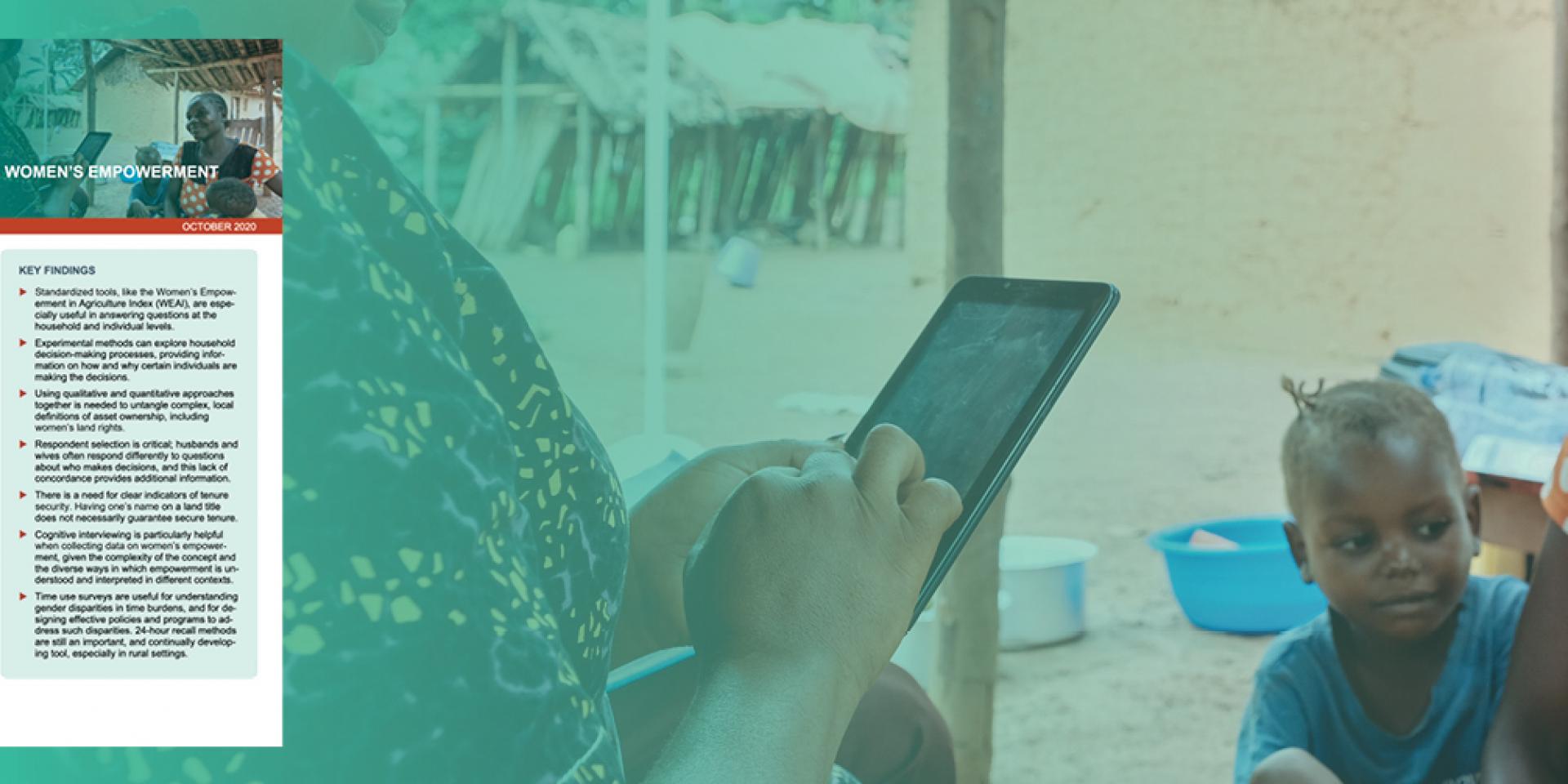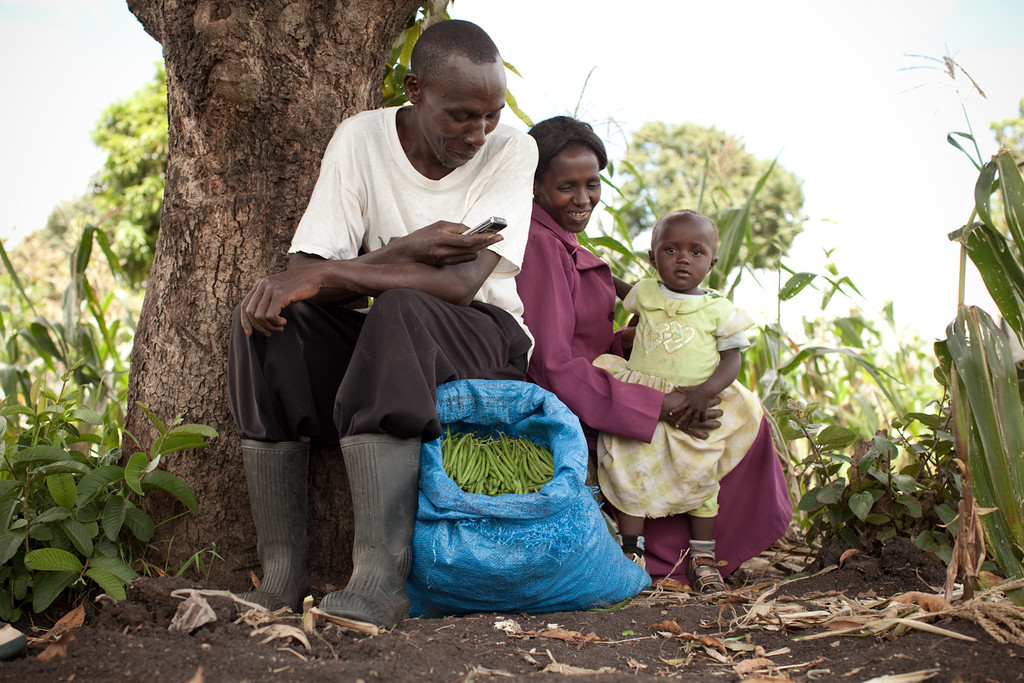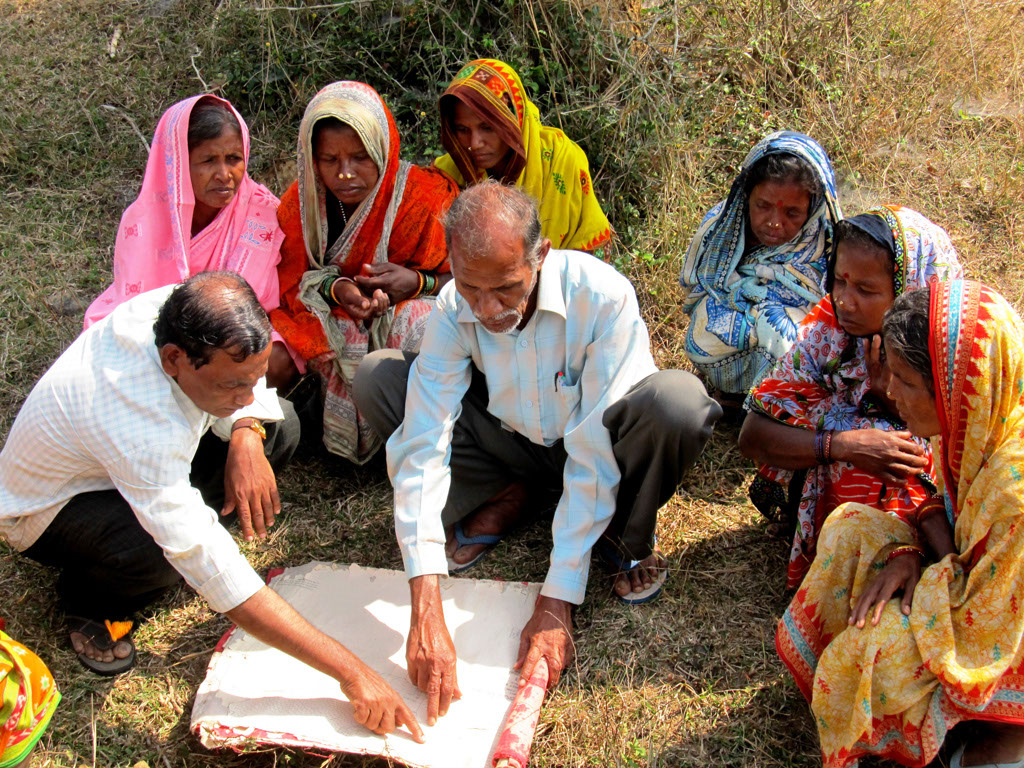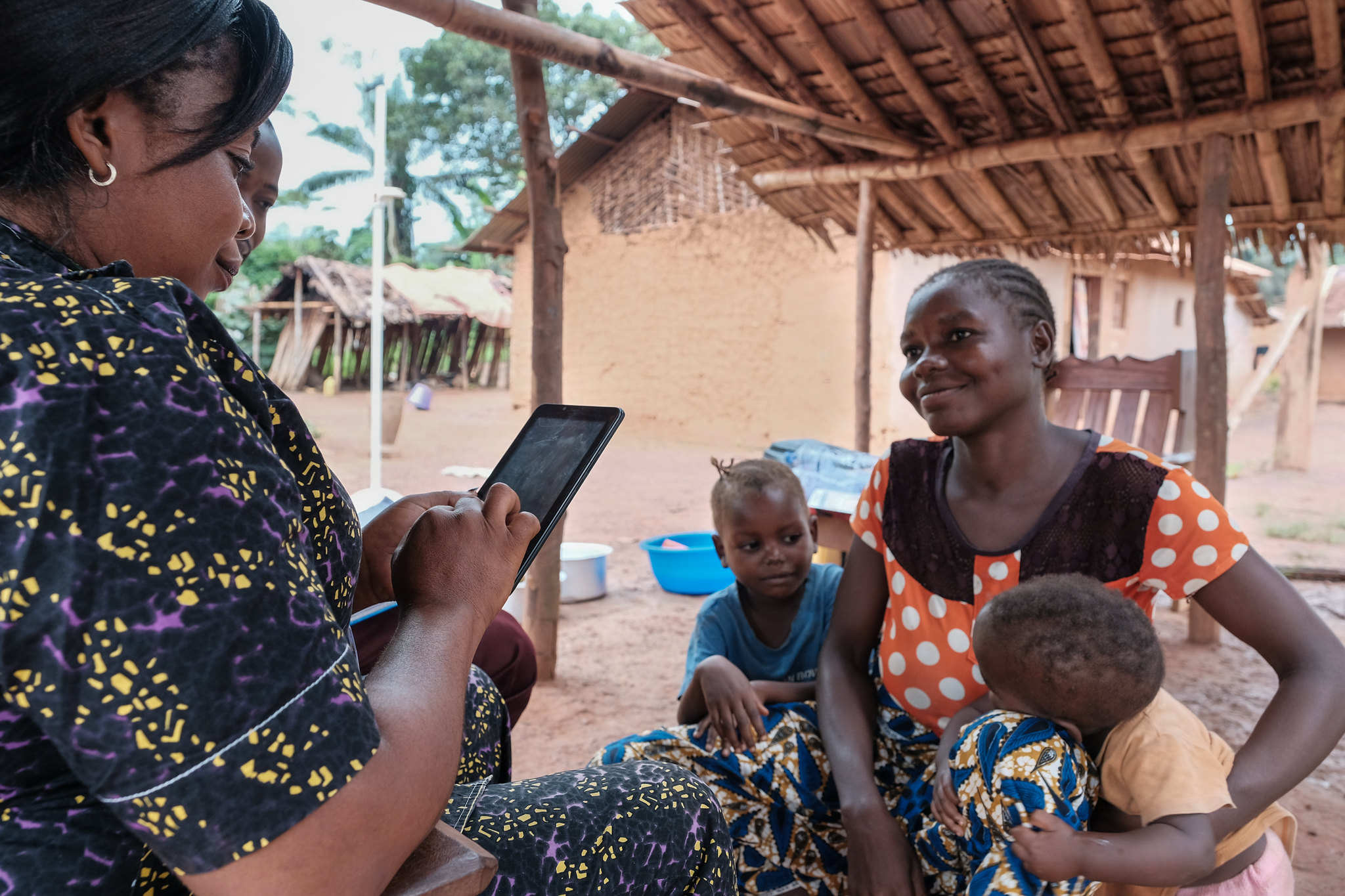Methods for measuring women’s empowerment

Women’s empowerment is of paramount importance for multiple development goals. However, it is much easier to discuss the importance of empowerment than it is to define the methods and tools needed to measure it. This requires research focused on the conceptual understanding of how we should measure women’s empowerment, in a variety of facets, and the creation of tools and methods for doing so.
This post was first published by the CGIAR Research Program on Policies, Institutions, and Markets (PIM).
The teams under the Cross-Cutting Gender Research and Coordination flagship of the CGIAR Research Program on Policies, Institutions, and Markets (PIM) have been working to address this need and to develop a range of methods for improving gender analysis in agricultural research. Our new PIM Synthesis Brief “Methods for Measuring Women’s Empowerment” summarizes key contributions of this work to the discussion around the measures and methodologies for evaluating women’s empowerment, including approaches to cognitive testing and determining who to interview. Read on for a quick overview and download the full brief for more (including an extensive list of references)!
Measuring women’s empowerment in agriculture
Standardized tools for measuring women’s empowerment generate comparable research across contexts. The Women’s Empowerment in Agriculture Index (WEAI), launched in 2012, and its variants are a significant contribution to the current methodologies for understanding women’s empowerment. The WEAI is an aggregate index that summarizes women’s empowerment in five domains for a given population, based on data collected from both women and men decision-makers in the same household. It allows for high-level comparisons across a portfolio, and at the same time, can be used for household, individual, and intrahousehold analysis.
Household decision-making
Husbands and wives often respond differently to questions about who makes decisions, and the lack of concordance provides important information. Different responses can be result of asymmetric information within the household. Extended households in which couples live with one set of their parents may have different patterns of decision-making, which will influence outcomes.
It is useful to understand not only who makes decisions, but also why. In Senegal, researchers used a series of vignettes that described the reasons why a particular household member might be the one to make the decision. They find that outcomes that are often attributed to the gender of the decision-maker may be more accurately attributed to the structure of the decision-making process within the household and the norms associated with the process within the community.

Who within the household receives information may also affect the outcomes of household decisions. Ongoing research in Uganda is using videos of male and female commercial farmers to explore the links between the gender of the model farmer and the gender of the household member receiving the information on agricultural decisions. Preliminary results show that targeting women with the intervention has a positive effect on various empowerment domains and agricultural production.
Measuring asset use, control, and ownership
Asset ownership is an important dimension of women’s empowerment, and increasing evidence suggests that who owns the assets within households affects a range of household decision outcomes. Assets are not owned by households, but by people.
Qualitative analyses provide insights into the complex dynamics between empowerment and asset ownership. Using qualitative data in combination with household survey data on assets has shown that different answers from husbands and wives about ownership and control over assets often mean that they have a different understanding of the concepts.
To understand the relationships between women’s land rights, agricultural productivity, and food security, we need to consider ownership, use, and control. In many developing countries there is a mosaic of land use patterns and tenure arrangements, with much of the land not formally owned. Different people may hold ownership, management, and economic rights (control over output) for a single plot.

Other methods for data collection
Cognitive interviewing is particularly helpful when collecting data on women’s empowerment, given the complexity of the concept and the diverse ways in which empowerment is understood and interpreted in different contexts. Cognitive interviews before a survey is rolled out to the field can help clarify translations, identify ambiguous phrasing, and help improve data quality overall.
Traditional gender norms typically assign greater responsibility for domestic chores and care work to women. These tasks tend to be invisible because they are often unpaid and undervalued, and yet they may result in heavy work burdens for women and limit whether and how women can engage in other productive activities. Time use surveys are useful for understanding gender disparities in time burdens, and for designing effective policies and programs to address such disparities. Furthermore, time use data can help investigate the linkages between time use and nutrition outcomes.

Concluding remarks
An internationally validated standardized tool such as the WEAI allows researchers to more accurately compare results across many different contexts — contributing to the understanding of women’s empowerment in a broader sense — and can also be used alongside qualitative methods to understand the meanings of empowerment in local contexts.
Experimental methods that unpack the household decision-making process enable researchers to go beyond the question of who is making the decision in the household, providing information on how and why certain individuals are making the decisions. Knowing which rights are held by which people is essential for effective programming.
There are still limitations to the understanding of the optimal methods to measure women’s empowerment and which tools are best suited for which contexts. Going forward, CGIAR must maintain a concerted effort toward producing high quality tools and innovative methods in the pursuit of improving our definitions and understanding of women’s empowerment.
Also read: Gender and rural transformation: What do we know and what don’t we know?
Cheryl Doss is senior departmental lecturer in development economics and associate professor at the Oxford Department of International Development, University of Oxford, and leader of the Cross-Cutting Gender Research and Coordination flagship within the CGIAR Research Program on Policies, Institutions, and Markets (PIM). Hazel Malapit is senior research coordinator in the Poverty, Health and Nutrition Division at the International Food Policy Research Institute (IFPRI), where she coordinates research, training, and technical assistance on the implementation of the Women’s Empowerment in Agriculture Index (WEAI). Andrew Comstock is senior research analyst at the Development Strategy and Governance Division at IFPRI and flagship manager of the Cross-Cutting Gender Research and Coordination flagship within PIM. Evgeniya Anisimova is PIM communications manager.
This story is part of the EnGendering Data blog which serves as a forum for researchers, policymakers, and development practitioners to pose questions, engage in discussions, and share resources about promising practices in collecting and analyzing sex-disaggregated data on agriculture and food security.
If you are interested in writing for EnGendering Data, please contact the blog editor, Dr. Katrina Kosec.
Photos: Axel Fassio/CIFOR; Esther Havens/DIVatUSAID; Landesa/IFPRI